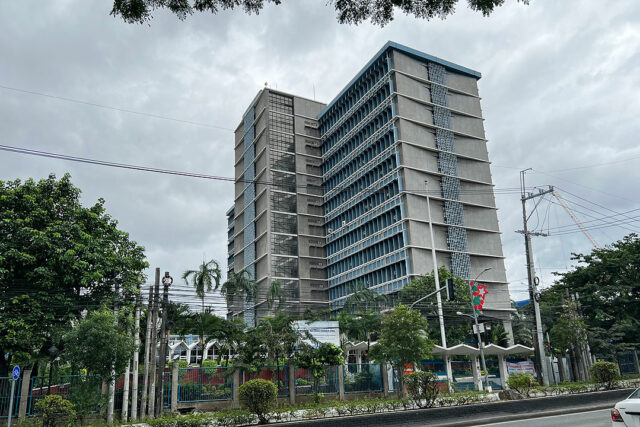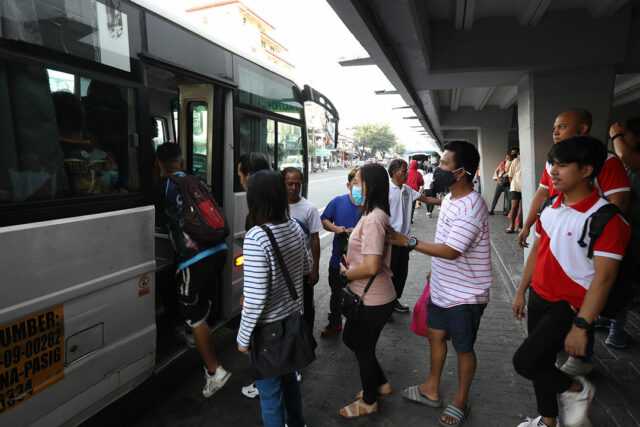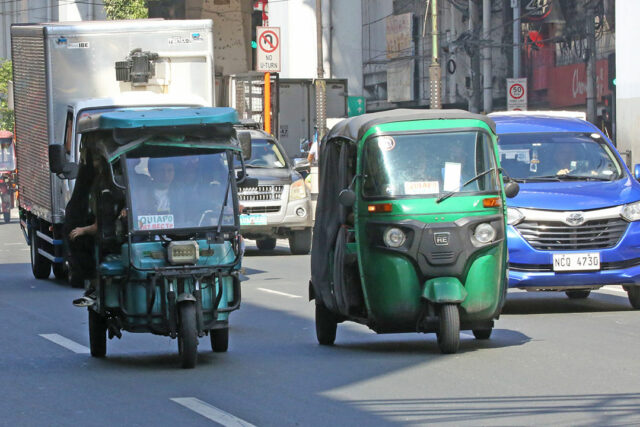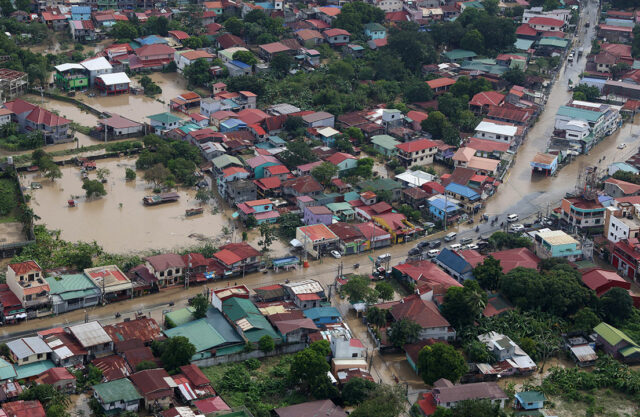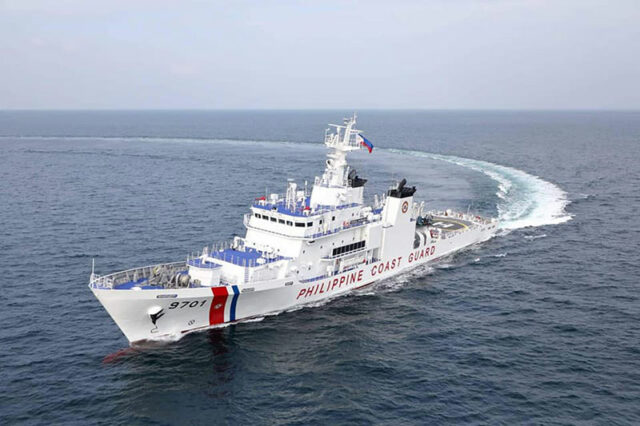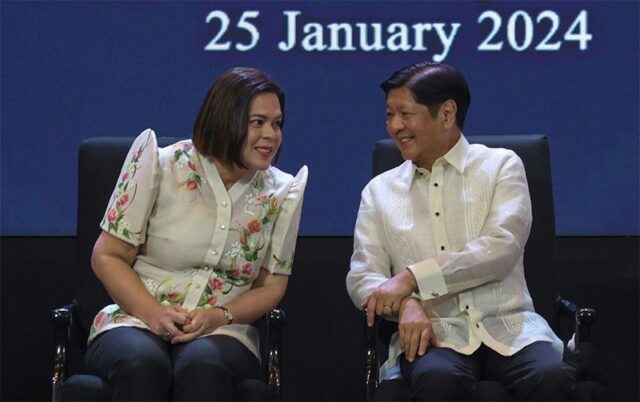Firms’ results, window dressing may lift stocks
CORPORATE RESULTS, month-end window dressing and market bets ahead of the US presidential vote may push up Philippine stocks this week.
On Friday, the benchmark Philippine Stock Exchange index (PSEi) climbed by 0.41% or 30.44 points to 7,314.23, while the broader all shares index went up by 0.24% or 9.88 points to 4,017.27.
Week on week, however, the PSEi dropped by 1.37% or 101.50 points from its 7,415.73 close on Oct. 18.
“Local equities pulled back as Tropical Storm Kristine wreaked havoc, washing away built-up optimism early this month,” online brokerage firm 2TradeAsia.com said in a market note.
“The local market is having a hard time getting past the 7,400-7,500 resistance range as the weakening of the peso together with offshore uncertainties weigh on sentiment. Consequently, the market is being hindered from continuing its bull run,” Philstocks Financial, Inc. Senior Research Analyst Japhet Louis O. Tantiangco said in a Viber message.
On Friday, the peso closed at P58.32 per dollar, dropping by 44 centavos from its P57.88 finish on Tuesday, Bankers Association of the Philippines data showed. This was its weakest finish in almost three months or since it ended at P58.333 per dollar on Aug. 1.
Week on week, the local unit fell by 80.90 centavos from its P57.511 finish on Oct. 18.
For this week, Philippine shares may rise on bargain hunting as prices remain attractive, Mr. Tantiangco said.
“Investors are expected to look forward to the corporate sector’s third-quarter reports. Upbeat corporate results are seen as one of the possible catalysts that could drive the market higher,” he said.
“The dovish monetary policy outlook of the Bangko Sentral ng Pilipinas (BSP) is still expected to give the market support… Investors are also expected to monitor the movement of the local currency.”
Mr. Tantiangco put the market’s support at 7,150.
“Absent other catalysts, [this] week’s month-end window dressing period might be an opening for traders to position and bet ahead of the US polls, especially given the timing of the earlier RRR (reserve requirement ratio) cut implementation that should further inject available cash flow for trading,” 2TradeAsia.com said.
2TradeAsia.com put the PSEi’s immediate support at 7,000 and resistance at 7,500.
Effective Friday, the BSP reduced the RRR for universal and commercial banks and nonbank financial institutions with quasi-banking functions by 250 basis points (bps) to 7% from 9.5%.
It also cut the RRR for digital banks by 200 bps to 4%, while the ratio for thrift lenders was brought down by 100 bps to 1%. Rural and cooperative banks’ reserve requirement was slashed by 100 bps to 0%.
Rizal Commercial Banking Corp. Chief Economist Michael L. Ricafort placed the PSEi’s immediate support at 7,050-7,260 and resistance at 7,600-7,800. — R.M.D. Ochave



